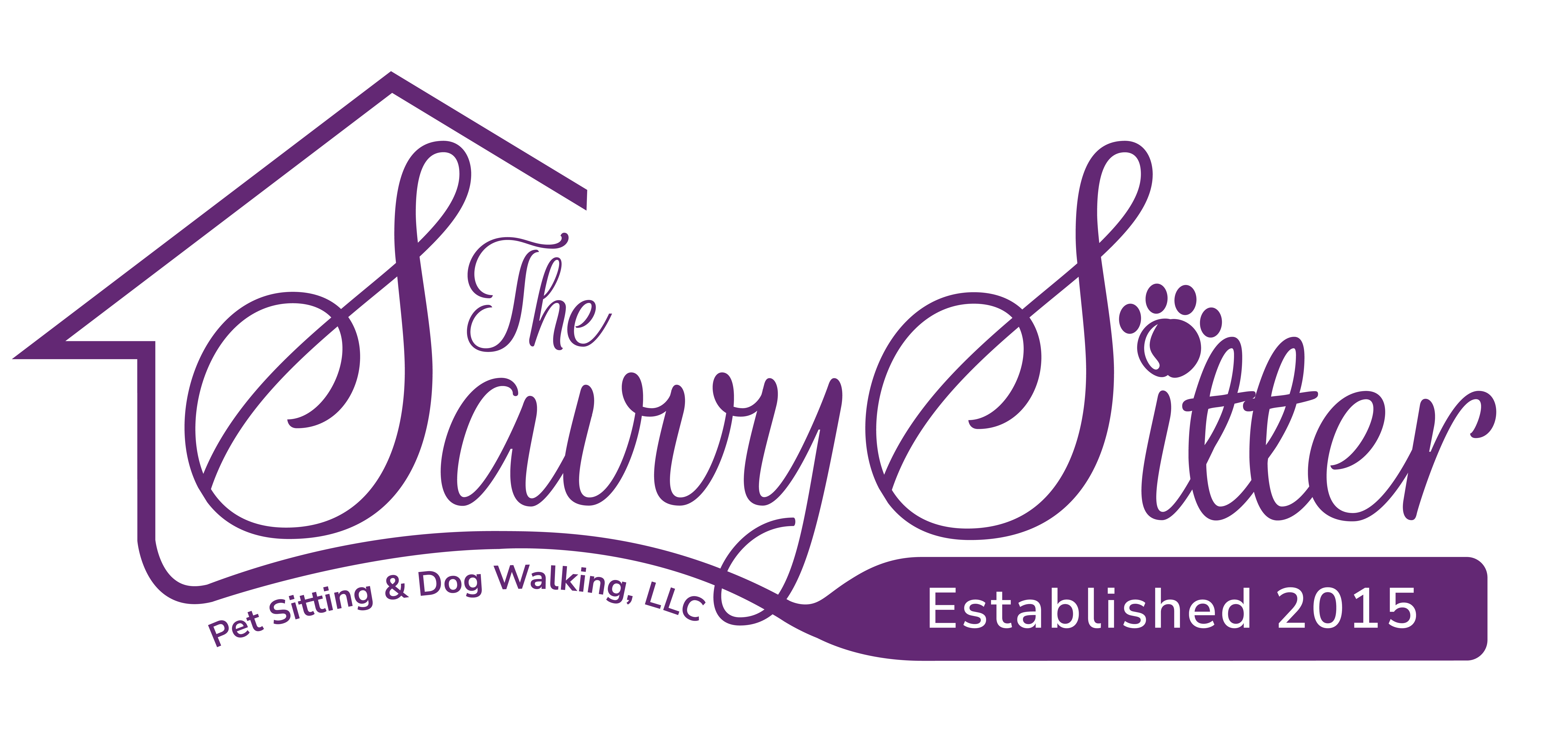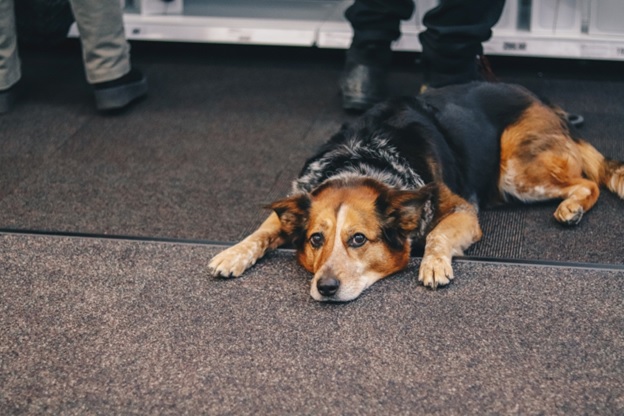
7 Things People Do That Dogs Don’t Like
They don’t like hugs
Dogs are super affectionate animals. They love to cuddle and they love to give kisses. But when it comes to hugs, dogs are just not into it. That’s right—there are plenty of dog owners out there who have tried to hug their furry friends, only to find that their dog has no interest in the intimate embrace.
So why don’t dogs like hugs? Dogs are not built for hugging. They have no concept of it. Dogs don’t understand the concept of hugs, so when you hug them, they feel like something is wrong. They might be afraid that you’re going to hurt them or that they are in danger.
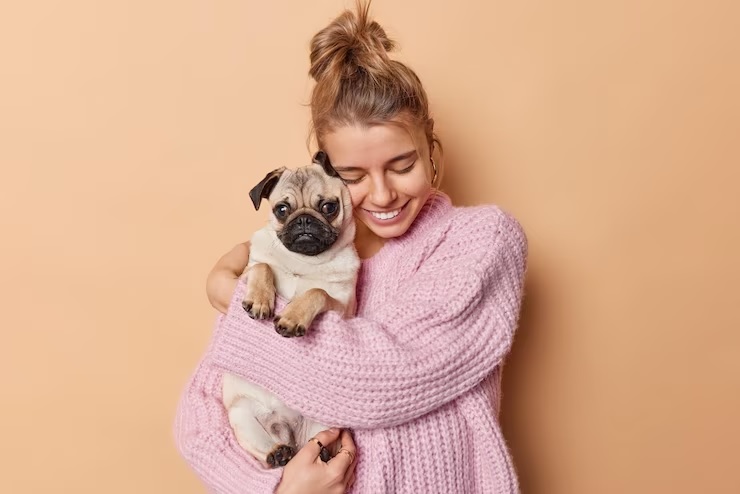
Punishment and yelling
Dogs don’t like punishment because it hurts them. They don’t understand why their owners are hurting them, and they can’t understand that the punishment is for the dog’s good. Yelling at a dog is another bad idea it just makes the dogs scared and confused, and they’ll probably never know what they did wrong.
Dogs have no understanding of right and wrong, so yelling at them won’t help you teach them anything. When your dog does something wrong, you should use positive reinforcement instead of negative reinforcement to show him what not to do next time. This will allow your dog to learn what you want him to do without feeling threatened or scared by your actions.
Lack of routine
Dogs are creatures of habit. They love routine and familiarity. This is why they get upset when you change the food you give them, or when you start feeding them in a different room. They like knowing where their food will be and when it will be there because it makes their lives easier to know that things haven’t changed.
They also like having a predictable environment, so that they can feel safe and secure. When you move them around frequently or introduce new people or animals into their life, it makes them nervous because they don’t know what’s going on or why things have changed, and they don’t like feeling scared or uncertain.
Invading Personal space
Dogs are naturally protective creatures, and they’re also social animals. They want to be with people, but they also want to be able to protect themselves.
That’s why they don’t like their personal space being invaded it makes them feel like they’re vulnerable. And dogs are very good at reading body language and making decisions about whether someone is a threat or not based on how that person behaves around them.
So when a person gets too close to a dog, the dog sees it as an invasion of their personal space and will react accordingly. They might bark or growl at the person in order to warn them away from their space or maybe even snap or bite if they feel threatened enough!
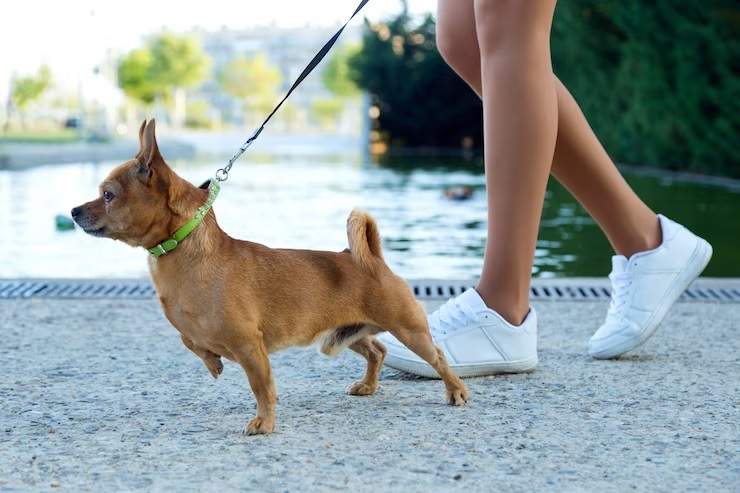
Not let them sniff during the walk
Dogs love to sniff. It’s what they do. They can smell things we can’t even dream of, and they’re fascinated by odors in the environment that we might not even notice. When you don’t let them sniff during a walk, your dog thinks you’re missing out on something great!
Dogs are also pack animals they want to be with you. So when you’re walking with your dog, they want to make sure that you’re still there.
If you stop and don’t let him sniff, he might think that you’ve wandered off and left him behind! He’ll feel abandoned and confused, which is never fun for anyone involved.
So if you don’t let your dog sniff during walks, they will become anxious and frustrated. Eventually, this can lead to behavior problems such as pulling on the leash or barking at other dogs and people.
Being left alone
Dogs are pack animals. They were bred to be with other dogs, and they were also bred to “work” with people meaning they were bred to be around us and help us do things like hunt, herd, protect our farms and villages, etc.
So when a dog doesn’t have that companionship, or when it’s separated from its pack members for too long, it can get pretty lonely! Being left alone for too long is one of the top reasons why dogs develop anxiety. The other top reason is being left in an unfamiliar place without their pack members.
It’s really important to understand that this isn’t something to take lightly dogs need companionship just as much as we do! And while they may not be able to tell us how they’re feeling directly (or even tell us at all), there are some warning signs you can look out for:
Excessive barking or whining when you leave the house is one of the most common signs seen in dogs that are left alone for a long time.
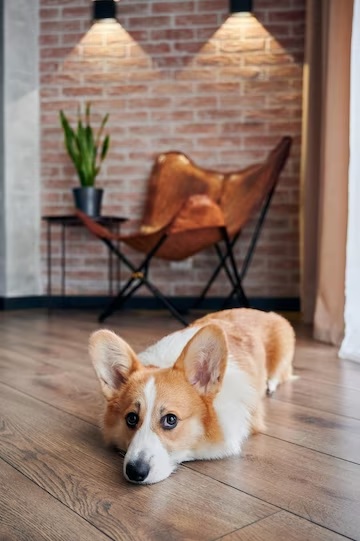
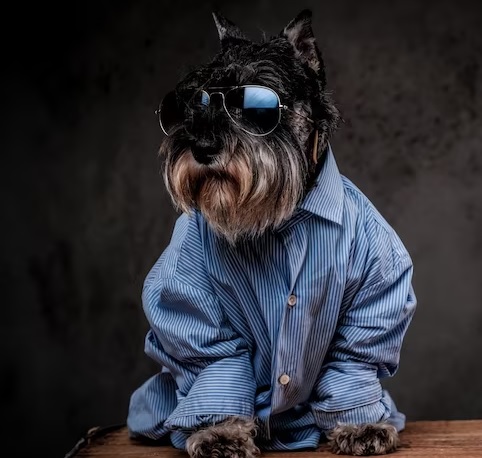
Being Dressed up
Dogs don’t like being dressed up because they prefer to be themselves. They don’t like having their fur cut and styled or having stuff glued to their fur. They don’t like being put in outfits that restrict their movements and make them uncomfortable. They don’t like being forced to stand still while you take a bunch of pictures of them looking ridiculous.
Dogs just want to be dogs they don’t want to have their personalities changed by a bunch of silly human ideas about what dogs should look like and act like.
Conclusion
A big takeaway from this should be that you have to respect your dogs and their needs. Whether you’re purchasing a dog or introducing a new pet into the family, establishing boundaries early is crucial to avoid future problems. If you know about the likes and dislikes of your dog your dog’s life becomes more peaceful.
About the Author:
Savanna Westwood
Savanna Westwood is the Owner and Founder of The Savvy Sitter, Pet Sitting and Dog Walking, LLC. She has grown up with animals all her life and enjoys spending time with them. Savanna has lived in the Winter Garden and Windermere Area for over 30 years. When she is not taking care of Fur Friends, one can find her reading, practicing archery, riding, and devising ways to provide additional and excellent services to clients. Savanna is a Certified Professional Pet Sitter with Pet Sitter International's CPPS certification and also holds certification in Pet First Aid and CPCR for Pet-Care Professionals.
